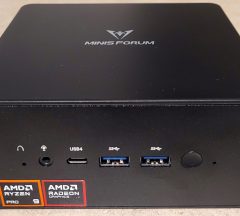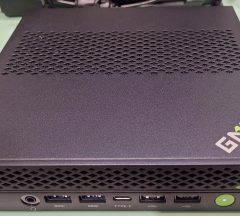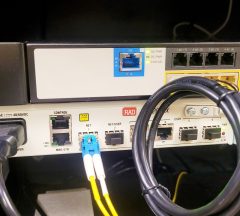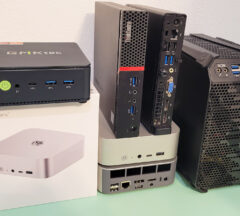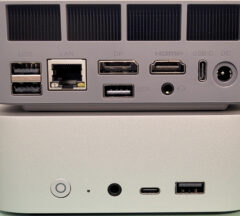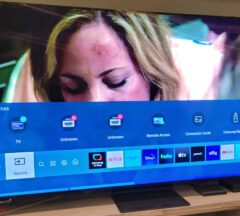Energy Usage Research on Server Computers
- Home
- IT Consulting
- Solution
- Technology Consulting
- Energy Usage Research on Server Computers
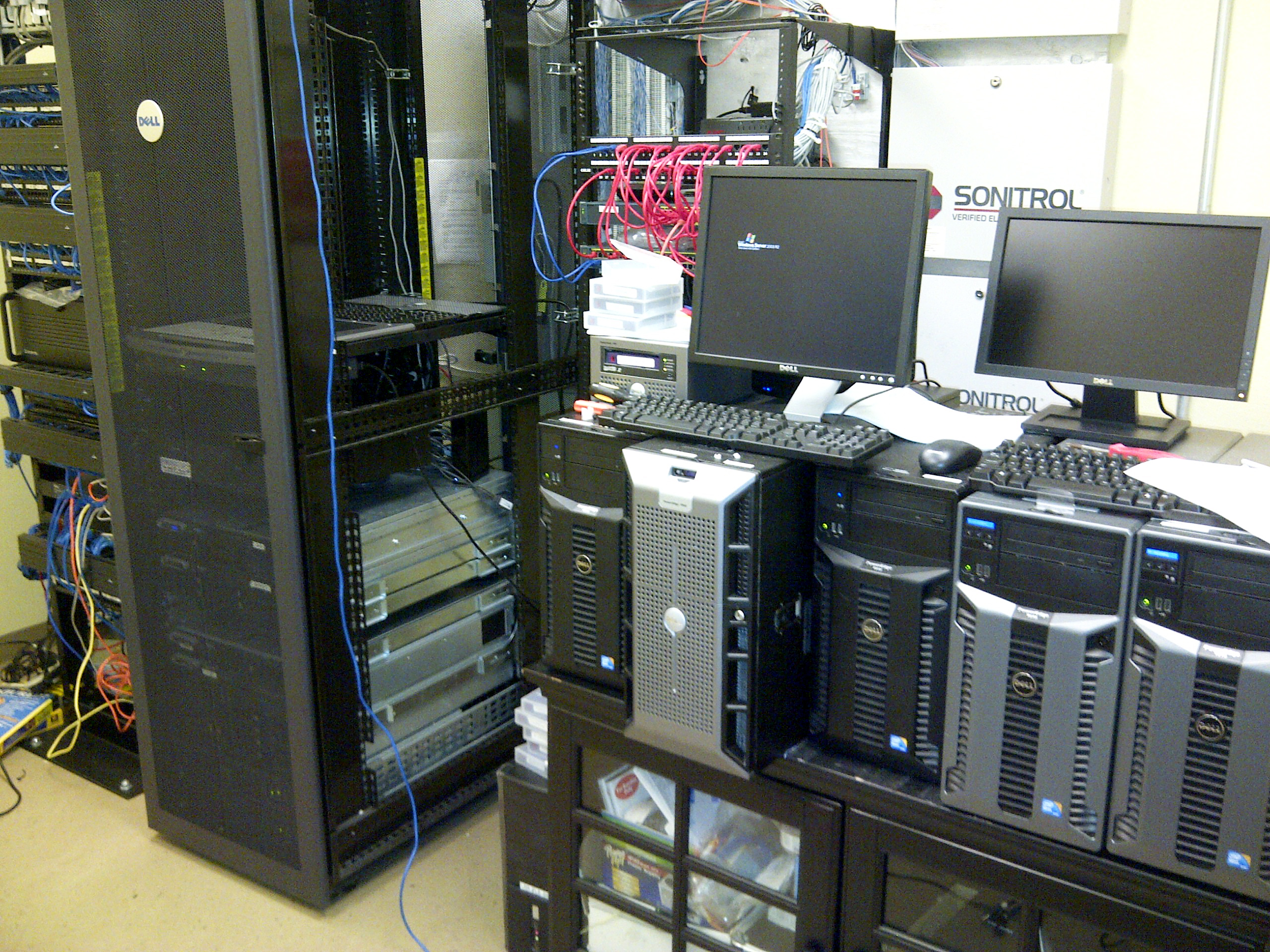
Although there are many articles and published papers on energy consumption related to computer equipment, it’s almost impossible to find detailed specifications of this equipment. Here, you will find both: actual measurements (not averages or estimates) and also the specifications of the devices, which can help with comparison and identification.
Please note: More devices are added monthly, so please make sure to keep tuning in.
Parameters
- List of Research Articles:
– Mini PCs, SFF, ITX, Micro Computers
– Desktop Towers or CPUs (Slim, Full, Gaming, OEM, Mini PC, iMac, etc.)
– Server Computers (Dell PowerEdge, SuperMicro, Blade, etc.)
– Laptops, Netbooks, Chromebooks, Surface Pro, Macbook, etc.
– LCD and CRT monitors, TVs and other types of display
– Networking Equipment: Switches, Routers, Firewalls, Access Points, Modems, etc.
– Power Supplies: Measured by themselves
– Other: IoT, External Hard Drives, Printers, Cable Boxes, Gaming Consoles, Phones, Cellphones charging, UPS battery Backups, etc.
- Power Meters Used
– P3 P4400 Kill A Watt Electricity Usage Monitor
– PN2000 Plug-in Kilowatt Electricity Usage Monitor
– Seasonic Power Angel SSM-1508RA (No longer used)
* All of the meters above were confirmed to be within 1 W of each other
- Power Meters – Other Options
– PN2500 Professional NEMA 5-15 Wi-Fi
– P3 International P4460 Kill A Watt EZ Electricity Usage Monitor
- Testing Procedures:
– Devices with an Operating System (Desktops, Laptops, etc) were monitored in different states as the Operating System is able to use technology such as SpeedStep and Cool’N’Quiet. These modes in particular were measured:
* Within BIOS: No power saving technology implemented – Computer was left at BIOS screen
* Within OS – Balanced, Power Saver, or Degrade (XP): Windows is allowed to manage the processor speed as required by the OS – These are the names of power profiles as used by older and newer versions of Windows. The frequency may also be noted next to the power reading.
Note: When no power profile is specified, it is assumed Balanced or Power Saver is in use by default
* Within OS – None (XP) or High Performance: Windows applies no power saving technology and allows CPU to run at full speed
* Stand by or Hibernate – Computer set to sleep or standby typically using S3/S4 states
* Off: The computer has been completely shut down but still plugged into the wall
* Live CD – Helps to see a comparison between Windows and Linux Live CDs power consumption
* Benchmark or stress test – Performed gaming or applications such as Prime95, HeavyLoad, CPU Stability Test or Folding@home; as a stress test is performed, this raises energy consumption of the computer to maximum
– For other Devices with no Operating System with power saving technology capabilities (TVs, Modems, Routers, etc), these were allowed to run and operate normally as the power measurement was taken
| Model | Dell PowerEdge R620 |
| Processor | Dual Intel Xeon E5-2695 v2, 2.4 GHz |
| Motherboard | Dell 01W23F |
| Hard Drives | 8 (2 x RAID10) |
| Optical Drives (CD/DVD) | DVD-ROM |
| Memory – RAM | 64 GB (8 x 8 GB) |
| Video card | Matrox G200eR |
| Fans | – |
| Other | Dell PERC H710P |
| Power reading (Watts) | Off: 14 W Idle: – Inside the BIOS: 192 W – Windows Server 2012: 152 W – Prime95: 272 W |
| Model | Dell PowerEdge R520 |
| Processor | Dual Intel Xeon E5-2430, 2.2 GHz |
| Motherboard | Dell 04FHWX |
| Hard Drives | 6 (RAID1, RAID10) |
| Optical Drives (CD/DVD) | DVD-ROM |
| Memory – RAM | 32 GB (8 x 4 GB) |
| Video card | Matrox G200eR |
| Fans | – |
| Other | Dell PERC H310 |
| Power reading (Watts) | Off: 10 W Idle: – Inside the BIOS: 137 W – Windows Server 2008 R2: 121 W – Prime95: 137 W |
| Model | Dell PowerEdge R520 (Second Server) |
| Processor | Dual Intel Xeon E5-2430, 2.2 GHz |
| Motherboard | Dell 04FHWX |
| Hard Drives | 6 (RAID1, RAID10) |
| Optical Drives (CD/DVD) | DVD-ROM |
| Memory – RAM | 32 GB (8 x 4 GB) |
| Video card | Matrox G200eR |
| Fans | – |
| Other | Dell PERC H310 |
| Power reading (Watts) | Off: 11 W Idle: – Inside the BIOS: 140 W – Windows Server 2008 R2: 123 – Prime95: 151 W |
| Model | Dell PowerEdge 2950 |
| Processor | Dual Intel Xeon E5130, 2.0 GHz |
| Motherboard | Dell 0CW954 |
| Hard Drives | 4 (RAID10) |
| Optical Drives (CD/DVD) | DVD-ROM |
| Memory – RAM | 32 GB (8 x 4 GB) |
| Video card | ATI video (Dell) |
| Fans | – |
| Other | Dell PERC 5/i |
| Power reading (Watts) | Off: 24 W Idle: – Inside the BIOS: 345 W – Windows Server 2008 R2: 342 W – Prime95: 403 W |
| Model | Dell PowerEdge 2900 |
| Processor | Dual Intel Xeon E5420, 2.5 GHz |
| Motherboard | Dell 0NX642 |
| Hard Drives | 10 (RAID1, RAID10) |
| Optical Drives (CD/DVD) | DVD-ROM |
| Memory – RAM | 32 GB (8 x 4 GB) |
| Video card | ATI video (Dell) |
| Fans | – |
| Other | Dell PERC 6/i |
| Power reading (Watts) | Off: 33 W Idle: – Inside the BIOS: 375 W – Windows Server 2012 R2: 401 W – Prime95: 438 W |
| Model | Dell PowerEdge 1950 |
| Processor | Dual Intel Xeon E5440, 2.283 GHz |
| Motherboard | Dell 0H723K |
| Hard Drives | 2 (SAS) |
| Optical Drives (CD/DVD) | DVD-ROM |
| Memory – RAM | 32 GB (8 x 4 GB) |
| Video card | ATI ES1000 |
| Fans | – |
| Other | Dell SAS 6/iR Integrated Controller |
| Power reading (Watts) | Off: 17 W Idle: – Inside the BIOS: 292 W – Windows Server 2008 R2: 287 W |
| Model | Dell PowerEdge 1900 Server |
| Processor | Intel Xeon E5310, 1.60GHz |
| Motherboard | Dell 0TW855 |
| Hard Drives | 2 (SATA) |
| Optical Drives (CD/DVD) | 1- DVD-ROM TS-H352C |
| Memory – RAM | 4 GB (4 x 1 GB) |
| Video card | Dell 0TW855 |
| Fans | – |
| Other | DELL RD1000 |
| Power reading (Watts) | Off: 11 W Idle: – Inside the BIOS: 222 W – powercfg none: 206 W |
| Model | Dell PowerEdge T100 |
| Processor | Intel Pentium E2220, 2.4 Ghz |
| Motherboard | Dell PE 028B |
| Hard Drives | 2 (SATA) |
| Optical Drives (CD/DVD) | 1- DVD-ROM PLDS DVD-ROM DH-16D5S |
| Memory – RAM | 4 GB (2 x 2 GB) |
| Video card | – |
| Fans | – |
| Other | – |
| Power reading (Watts) | Off: 2 W Idle: – Inside the BIOS: 84 W – powercfg none: 64 W |

